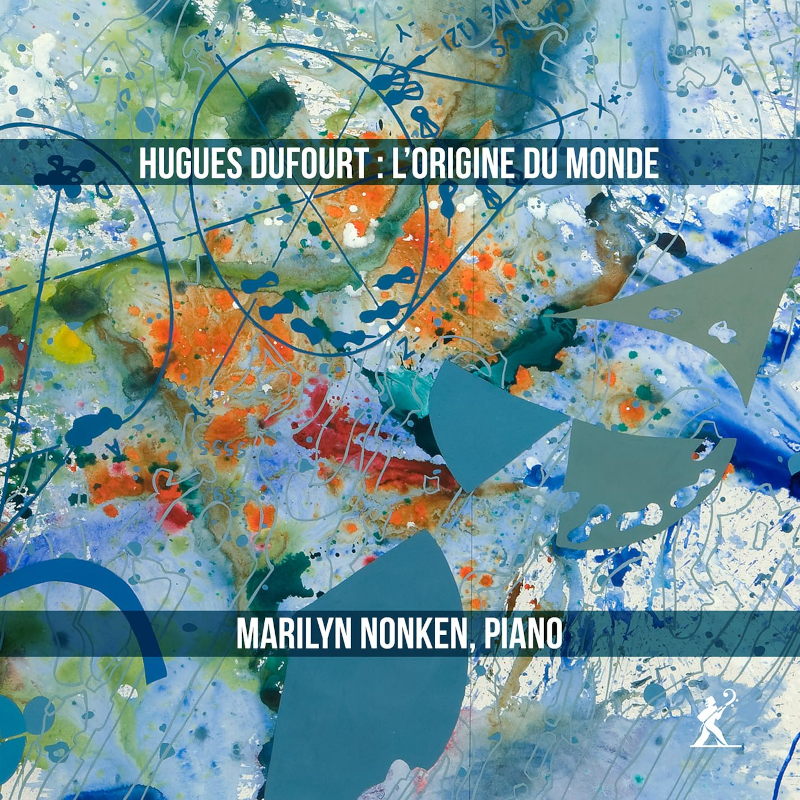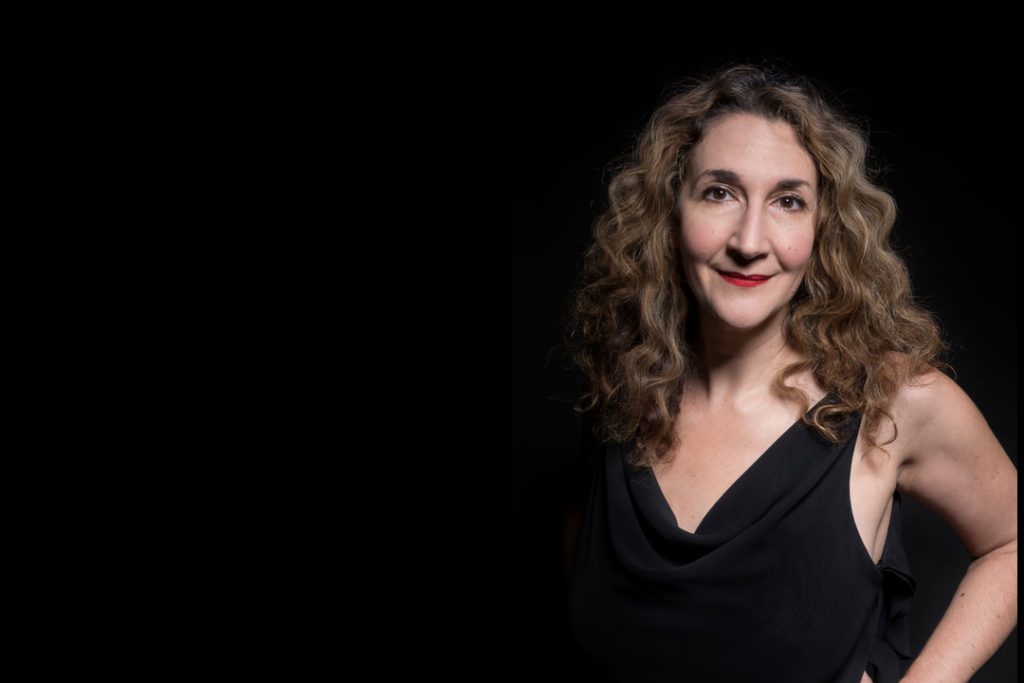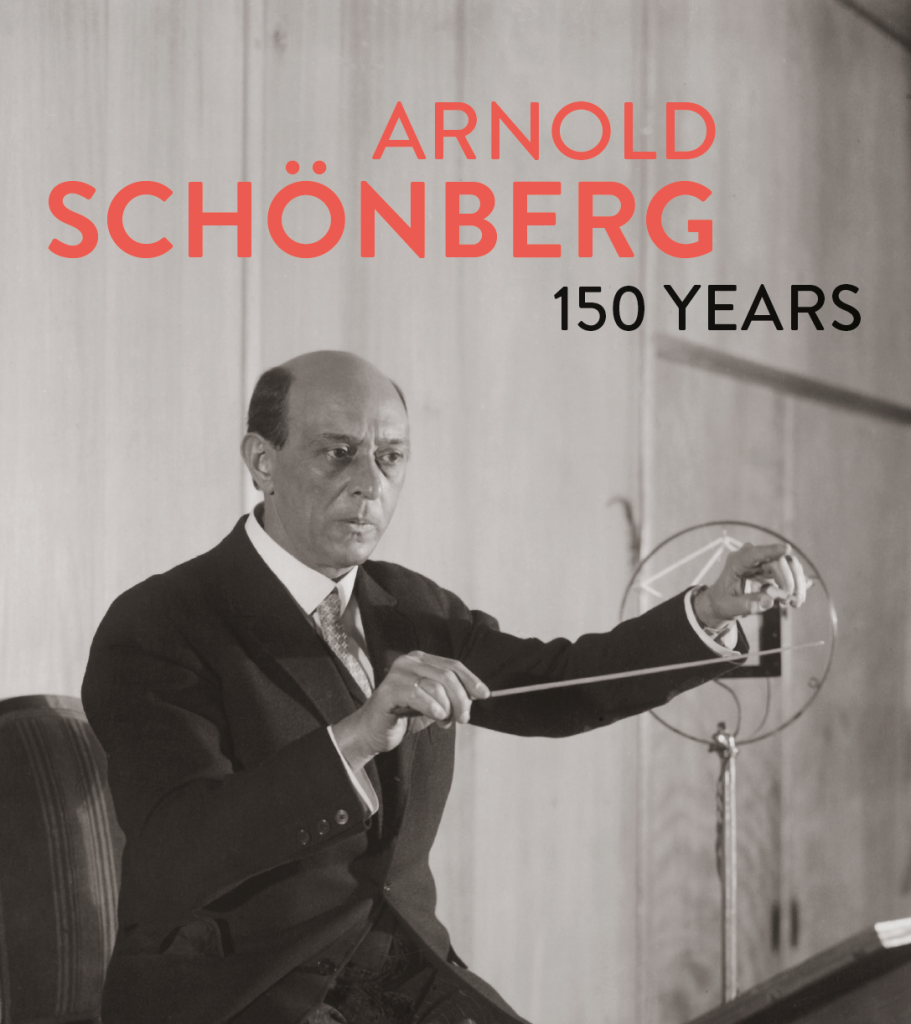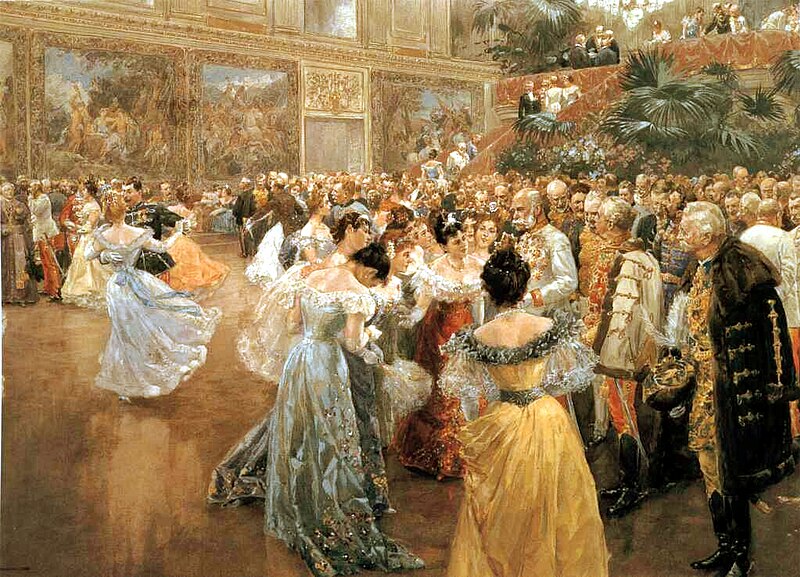 Hitting the streets tomorrow, Hugues Dufourt: L’Origine du monde, a new album of piano and percussion works by the French composer, is already garnering rave reviews. In the March issue of Gramophone, Arnold Whittall calls the performance of the title work, inspired by Gustave Courbet’s controversial 1866 painting now at the Musée d’Orsay, “an exceptionally assured and spellbinding demonstration of Dufourt’s uncompromising creative ambitions. … While Marilyn Nonken is the tirelessly resourceful pianist throughout, there are also vital contributions from the New York University Contemporary Music Ensemble, conducted by Jonathan Haas.” Andy Hamilton in the British music magazine The Wire called it “a superb release. … In the works assembled here, physicality of performance is inseparable from musical sensuousness.”
Hitting the streets tomorrow, Hugues Dufourt: L’Origine du monde, a new album of piano and percussion works by the French composer, is already garnering rave reviews. In the March issue of Gramophone, Arnold Whittall calls the performance of the title work, inspired by Gustave Courbet’s controversial 1866 painting now at the Musée d’Orsay, “an exceptionally assured and spellbinding demonstration of Dufourt’s uncompromising creative ambitions. … While Marilyn Nonken is the tirelessly resourceful pianist throughout, there are also vital contributions from the New York University Contemporary Music Ensemble, conducted by Jonathan Haas.” Andy Hamilton in the British music magazine The Wire called it “a superb release. … In the works assembled here, physicality of performance is inseparable from musical sensuousness.”
Divine Art’s release completes Marilyn’s informal, indeed unintended, trilogy of spectral music for piano, following her 2005 double-CD Tristan Murail: The Complete Piano Music and her 2012 Voix Voilées (this latter also includes her extraordinary performance of Dufourt’s Erlkönig), all of which garnered top-flight reviews. After all, she did write the book on the subject. The CD booklet contains an excellent essay by Will Mason on this music to get you up to speed, and the album will be available tomorrow on CD from Amazon, as well as streaming on a variety of outlets, including Apple Classical. Bon appétit!

 Among my recent enthusiasms has been the music of
Among my recent enthusiasms has been the music of 

